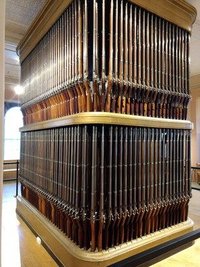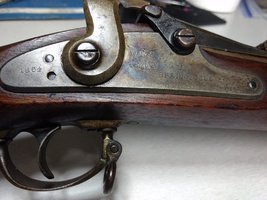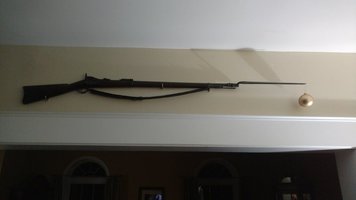peterk123
NES Member
I am watching American Shooter and they had a short section on the old trapdooor rifles. Interesting history. Originally these rifles were muzzleloaders used by the military. The cartridge type ammunition was developed but the government did not want to go through the expense of replacing the military's rifles so somebody had the idea to modify their existing rifles. Pretty neat idea, although Custer would probably disagree. The soldiers were still using the trapdoor while the Indians had some slick lever actions.
I knew the story about the Indians having the lever actions during the Last Stand, but I had no idea of the history of the trapdoor rifle and its use by the military. Pretty cool.
Pete
I knew the story about the Indians having the lever actions during the Last Stand, but I had no idea of the history of the trapdoor rifle and its use by the military. Pretty cool.
Pete

![Laugh [laugh] [laugh]](/xen/styles/default/xenforo/smilies.vb/012.gif)


